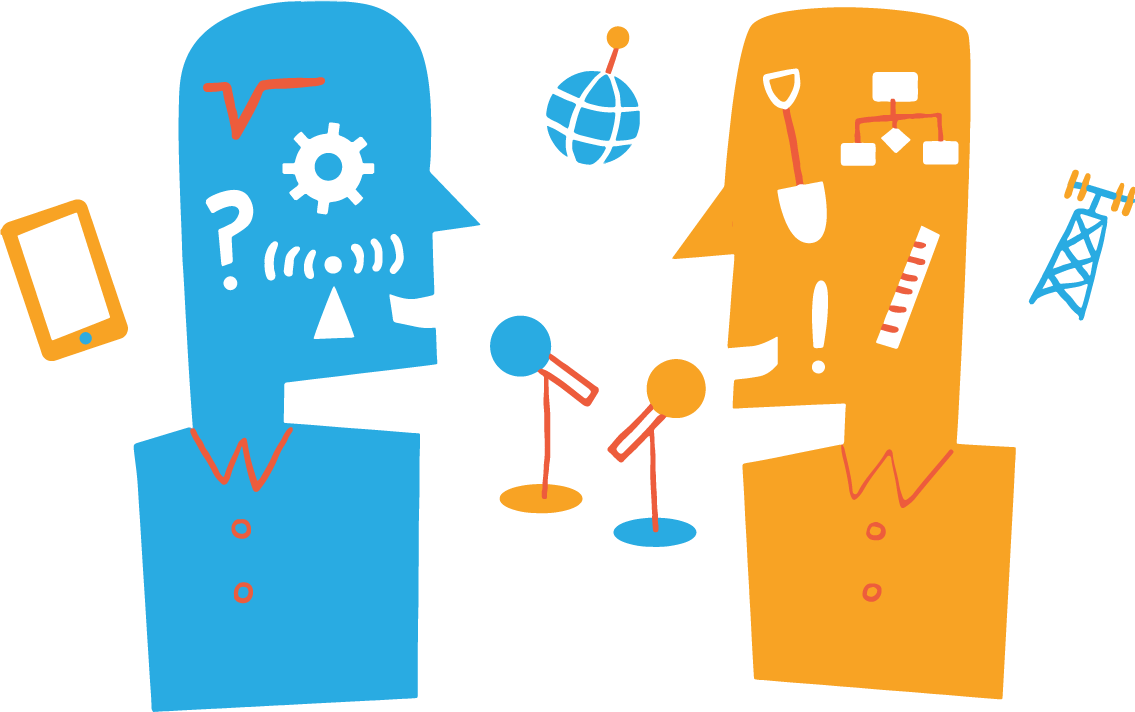
Exploring the Power of 5G and Location-Based Services
Introduction:
Welcome back to another episode of the 5G Guys! In this episode, we are exploring the power of 5G and location-based services. To help us navigate this topic, we have invited Samuel Van de Velde, an electrical engineer and founder of Pozyx, to share his insights on the subject. From the history of location and positioning in cellular networks to the advancements brought by 5G, join us as we explore the potential of this technology.
The Importance of Location and Positioning in Cellular Networks:
To understand the significance of location and positioning, we need to briefly examine the history of cellular networks. In the early days, when analog cellular networks dominated, location information was limited to identifying the cell sector a phone was on. This information was used for surveillance and fraud prevention. With the advent of digital 2G and 3G networks, location-based services became more prevalent, enabling emergency responders to locate callers and providing accurate positioning data through phone GPS receivers.
The Advancements Brought by 5G:
With the transition to 5G, positioning has become a crucial aspect of cellular technology. While emergency services continue to require accurate location data, the focus has expanded to include industrial IoT applications. 5G’s various releases aim to achieve higher accuracy levels, ranging from 50 meters to a few centimeters. These advancements open up possibilities for industries that benefit from precise positioning.
Overcoming Indoor Limitations:
One challenge with location-based services has been the limitations of GPS indoors. However, Samuel explains that technologies like ultra-wideband, Wi-Fi positioning, and Bluetooth now offer solutions for indoor tracking. By combining these technologies with 5G, there is a push towards seamless location tracking indoors and outdoors. This integration eliminates the need for a mix of different technologies and simplifies the business process.
5G and its Impact on Emergency Services:
The broader spectrum and lower bands of 5G provide signals that can travel further and penetrate through buildings. This characteristic enhances the capabilities of emergency services, enabling them to locate callers in three dimensions (X, Y, and Z). For instance, by adding height data to location information, first responders can quickly identify the floor level of a caller in a high-rise building, expediting their response time.
The Benefits of Universal Technology Standards:
Unlike the fragmented 2G and 3G technology standards, 4G LTE and 5G offer universal standards worldwide. This uniformity allows for better compatibility and the seamless implementation of location-based services. Regardless of the location, devices can leverage 5G’s capabilities for precise positioning and comprehensive services.
Use Case – Tracking Cows:
Samuel shares some intriguing real-world applications of location-based services. One such application focuses on agriculture, specifically tracking cows. Farmers can collect location data to predict behavior, monitor health, and optimize reproduction by attaching small ear trackers to dairy cows. This level of accuracy empowers farmers to make informed decisions and improve overall productivity.
Use Case – Warehouse Fulfillment Automation:
Another compelling application exists in the realm of warehouse and distribution centers. Businesses can optimize operations, identify inefficiencies, and streamline the supply chain by precisely tracking forklifts, operators, and returnable packaging. These applications demonstrate the value of accurate location data in improving productivity and automating processes.
The Power of Data and Advanced Technologies:
While location data plays a vital role, the convergence of advanced technologies, such as artificial intelligence (AI) and machine learning, truly unlocks its potential. Organizations can leverage data analytics to gain valuable insights from the collected location-based information. Businesses can optimize operations, enhance decision-making, and create more efficient workflows by analyzing patterns and behaviors.
Conclusion:
As 5G continues to evolve, the possibilities for location-based services expand, providing industries with new opportunities for growth and optimization. From precise positioning and indoor tracking to industrial IoT applications and emergency services, 5G’s potential is vast. By embracing the power of data and advanced technologies, businesses can unlock the full benefits of location-based services and pave the way for a more connected future.
To listen to the full episode and explore more insights from Samuel Van de Velde, visit the 5G Guys podcast page. Stay tuned for our next episode, where we dive into another exciting topic in 5G and telecommunications.




I recently started listening to your podcast and found it really interesting. It’s a really informative podcast for anyone interested in communication technology. My office travel has become extremely productive, thanks to 5G Guys. Keep up the good show. Thanks again.
Thanks for listening and the great feedback!